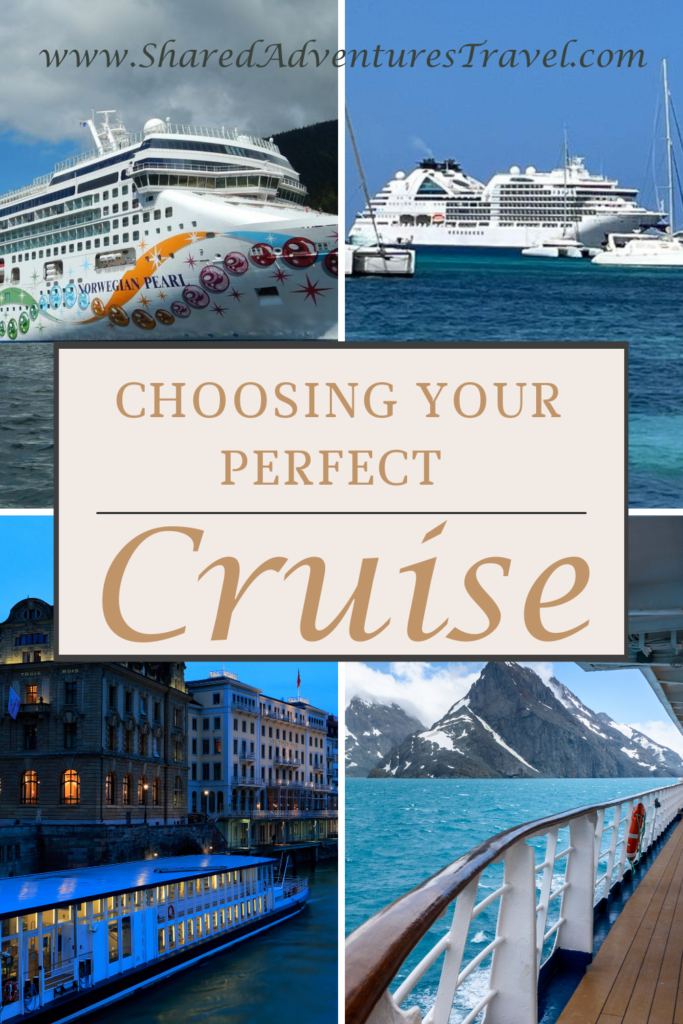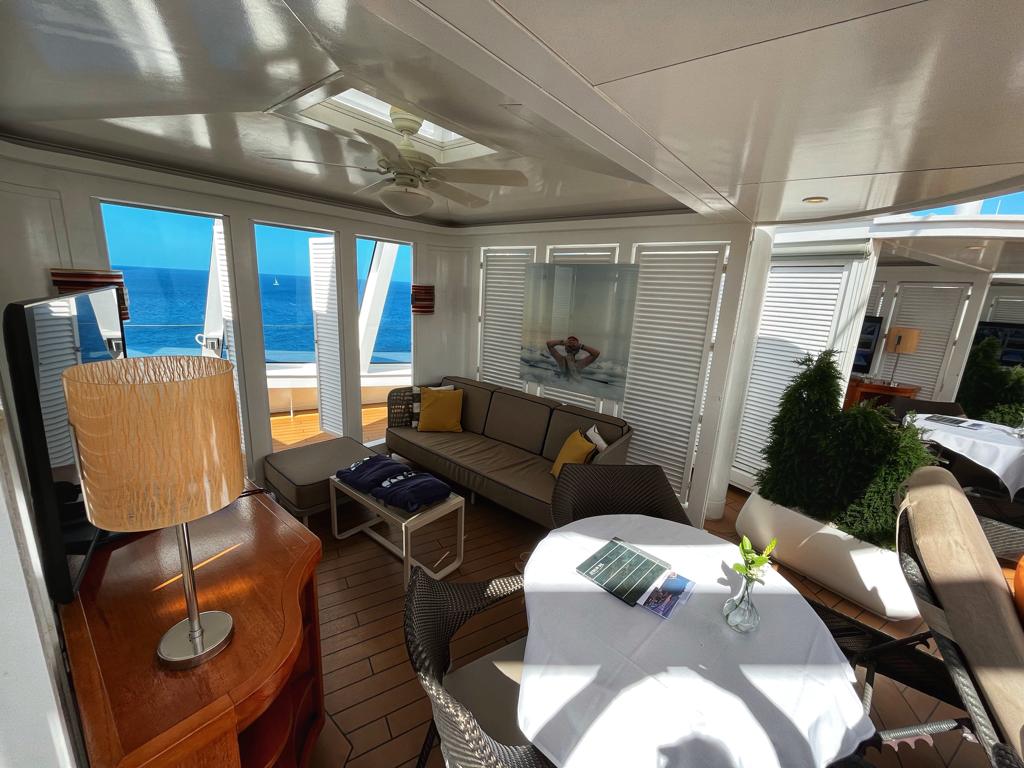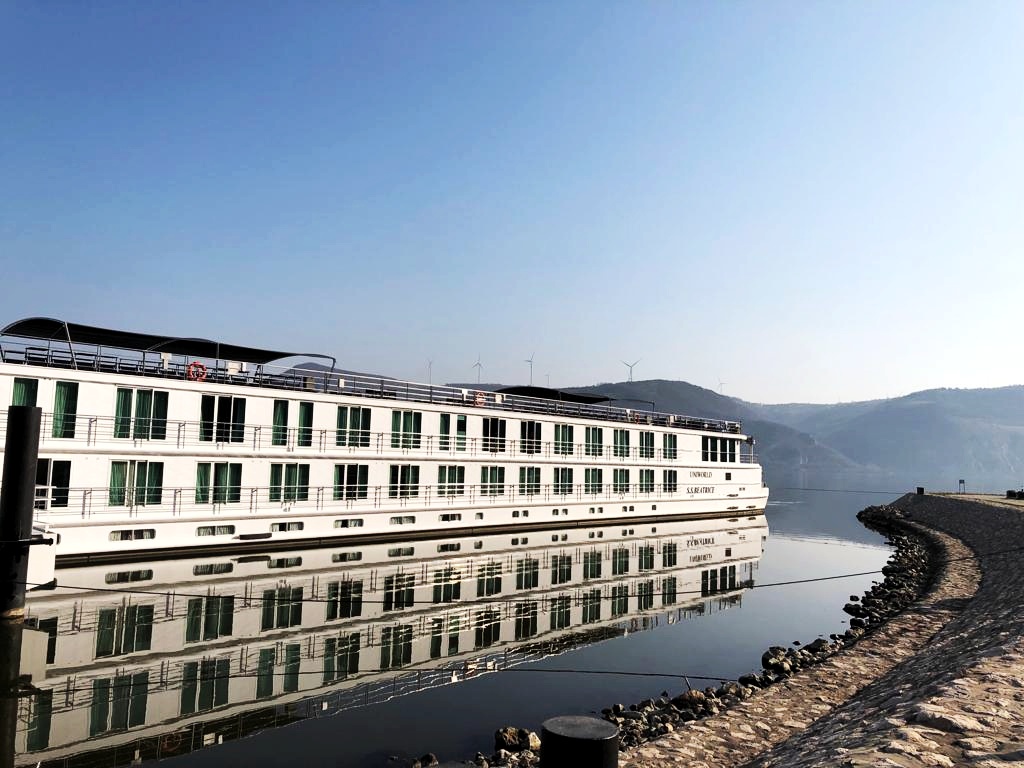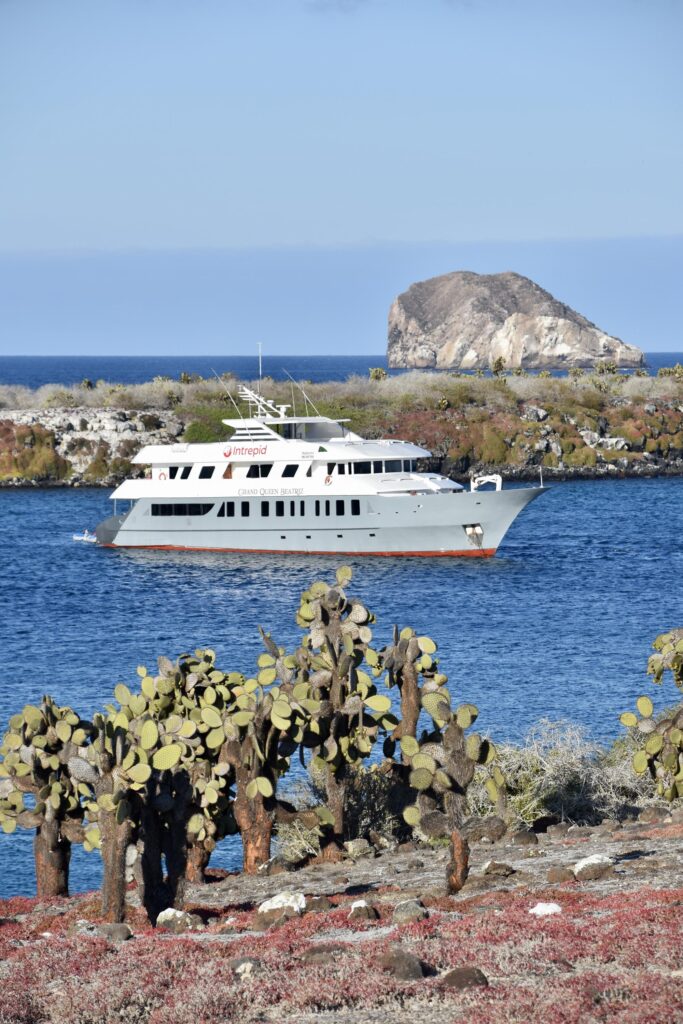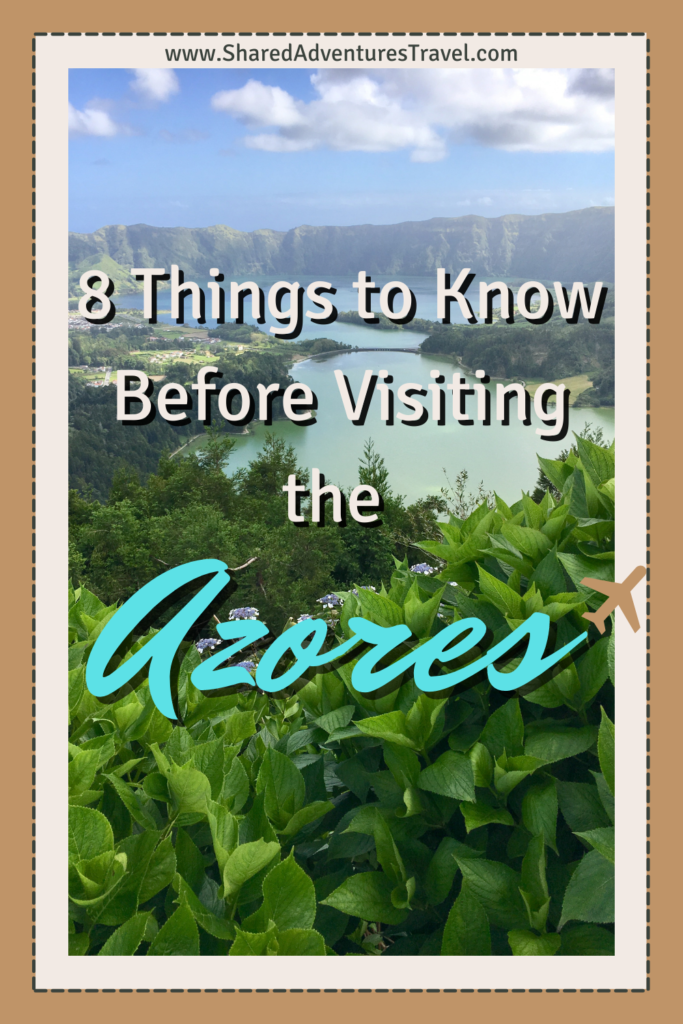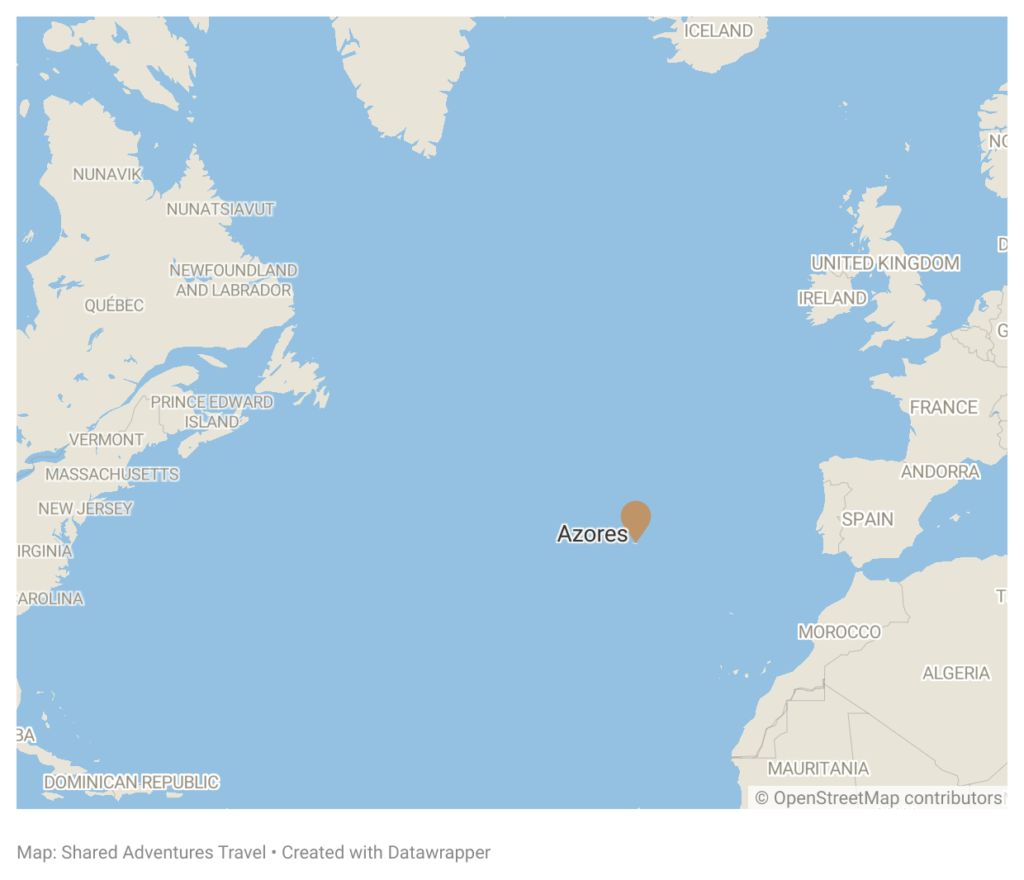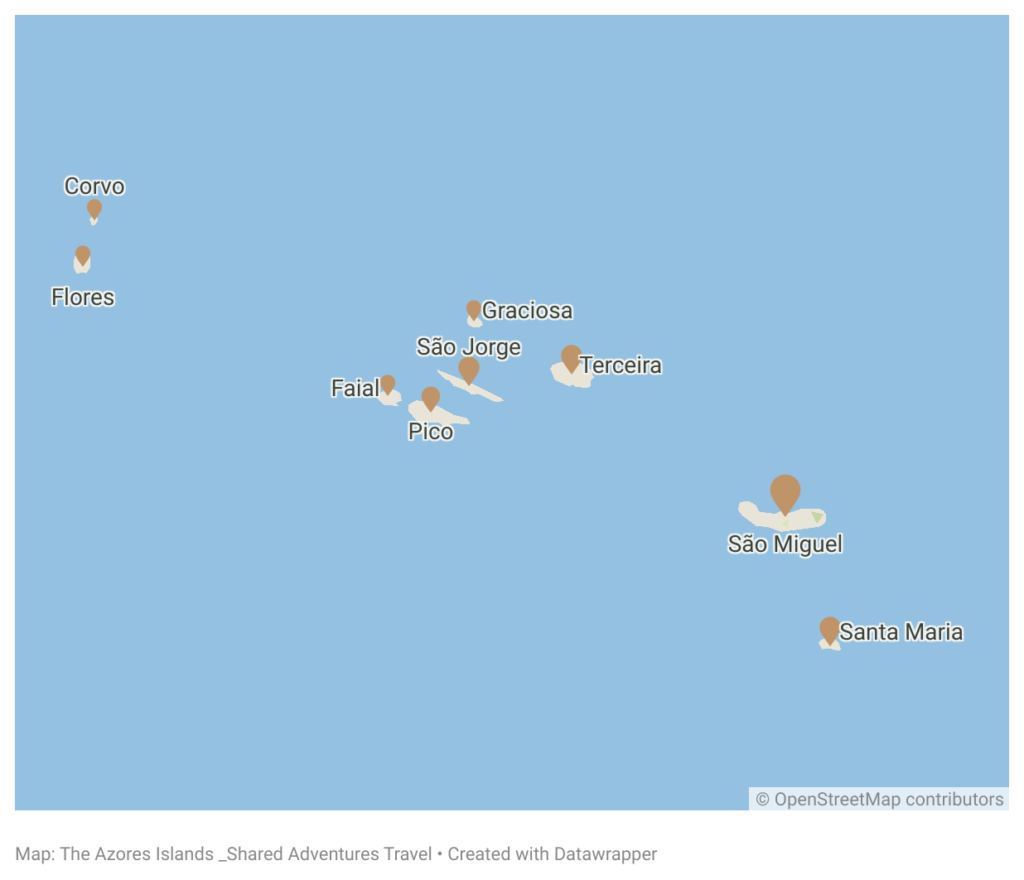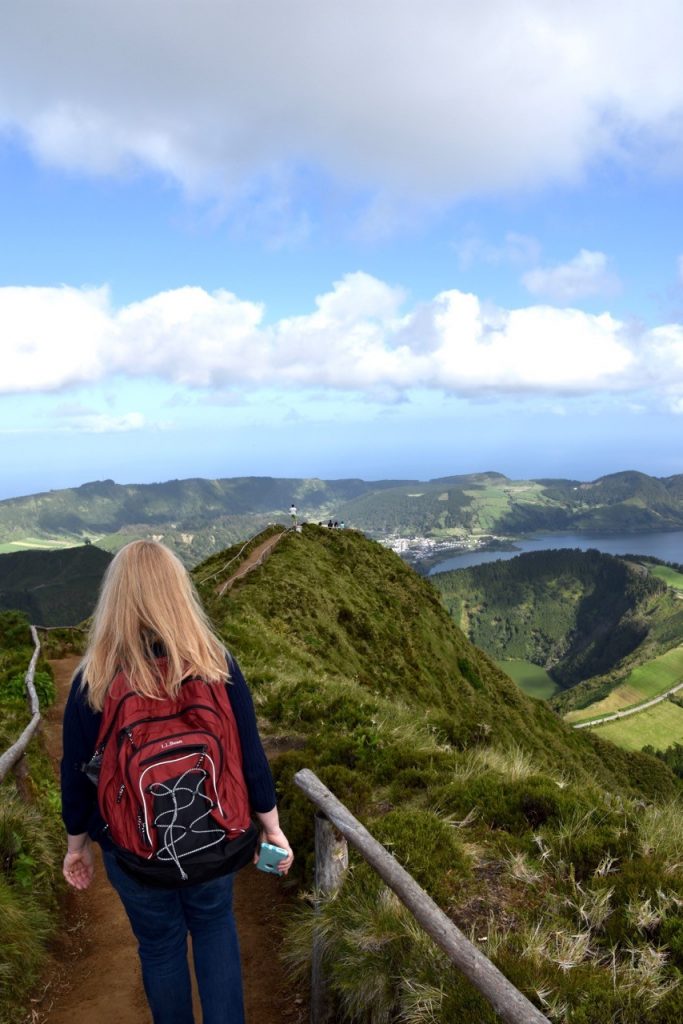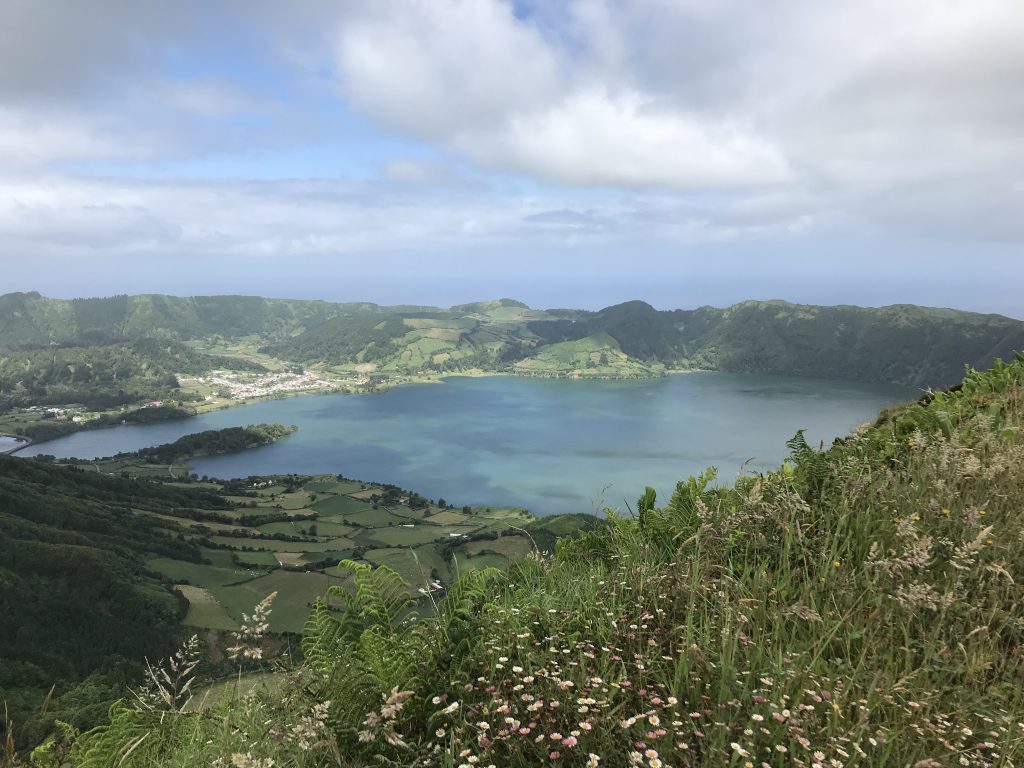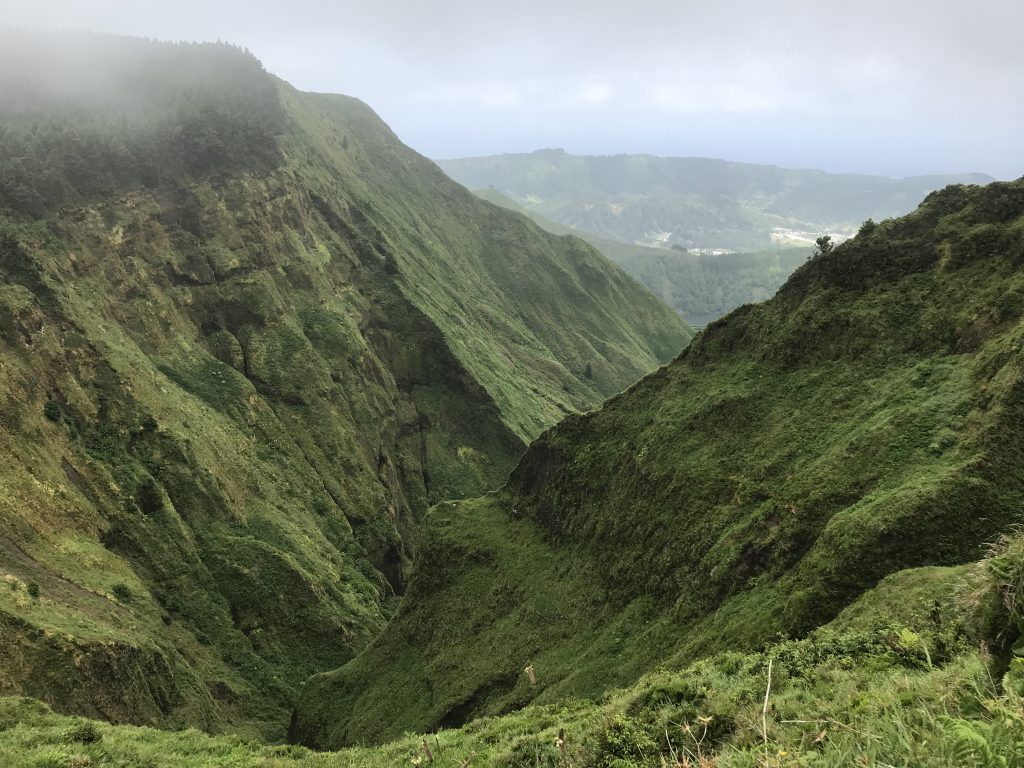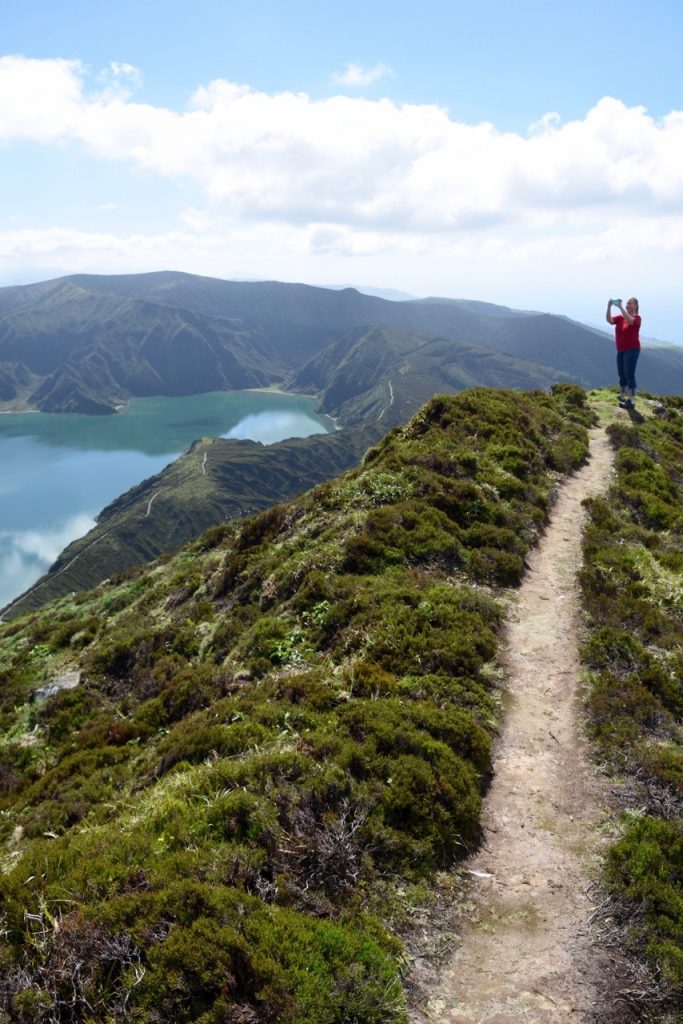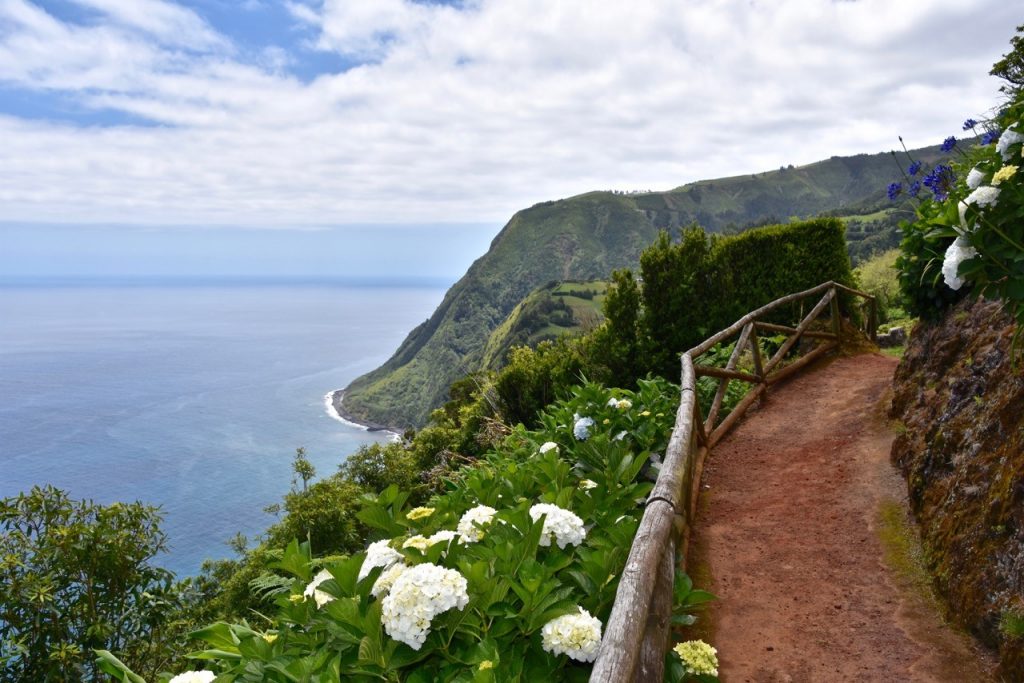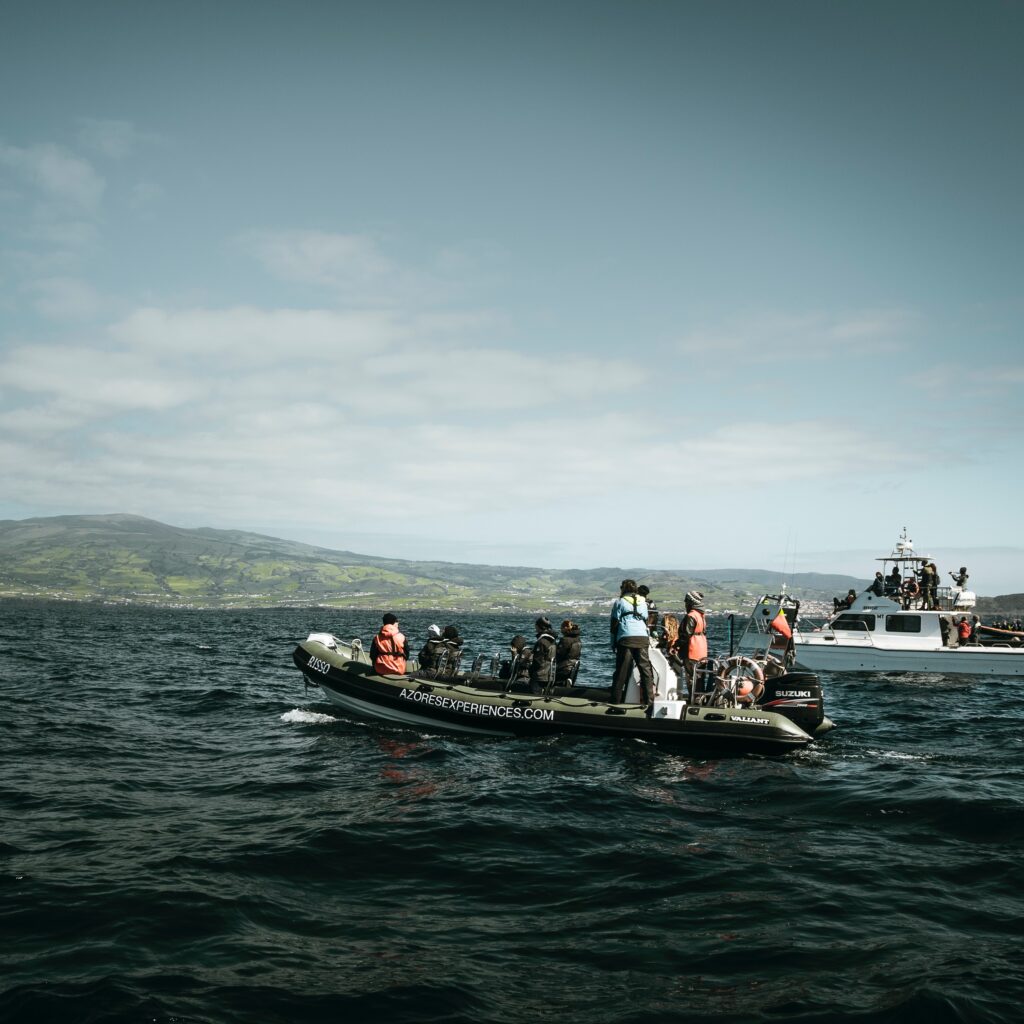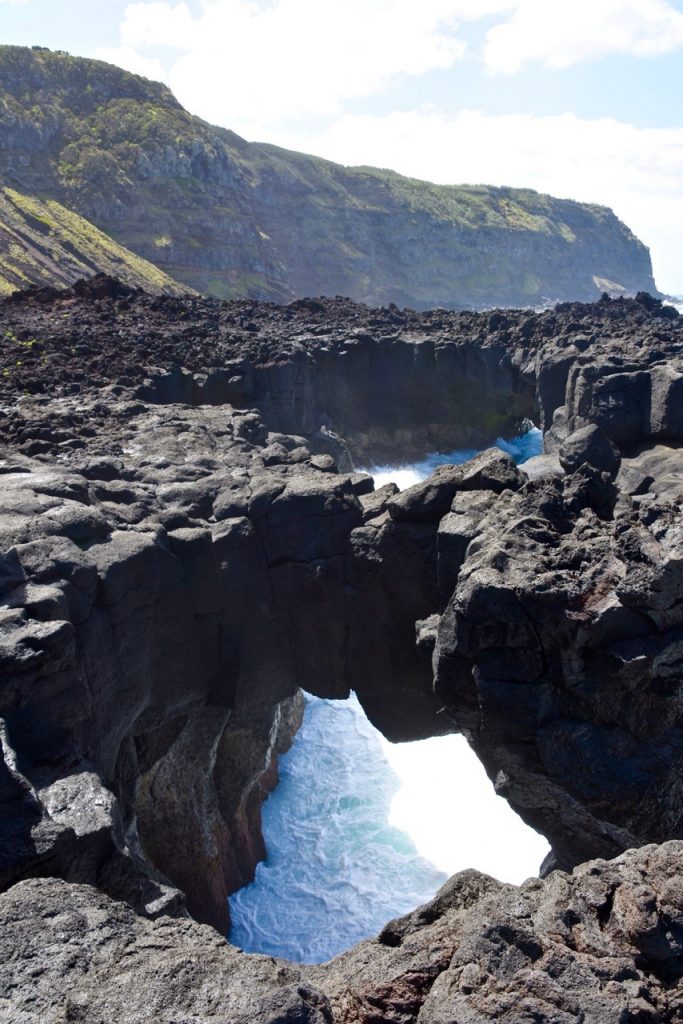Luxury travel often evokes images of five-star accommodations and meticulously planned itineraries. But for the truly adventurous soul, there’s a unique style of travel. One that offers a deeper, more immersive experience: Expedition Travel. If you’re considering an expedition vacation or already have one in the works – follow these 5 essential tips to ensure you have the most incredible experience:
What is an Expedition Adventure?
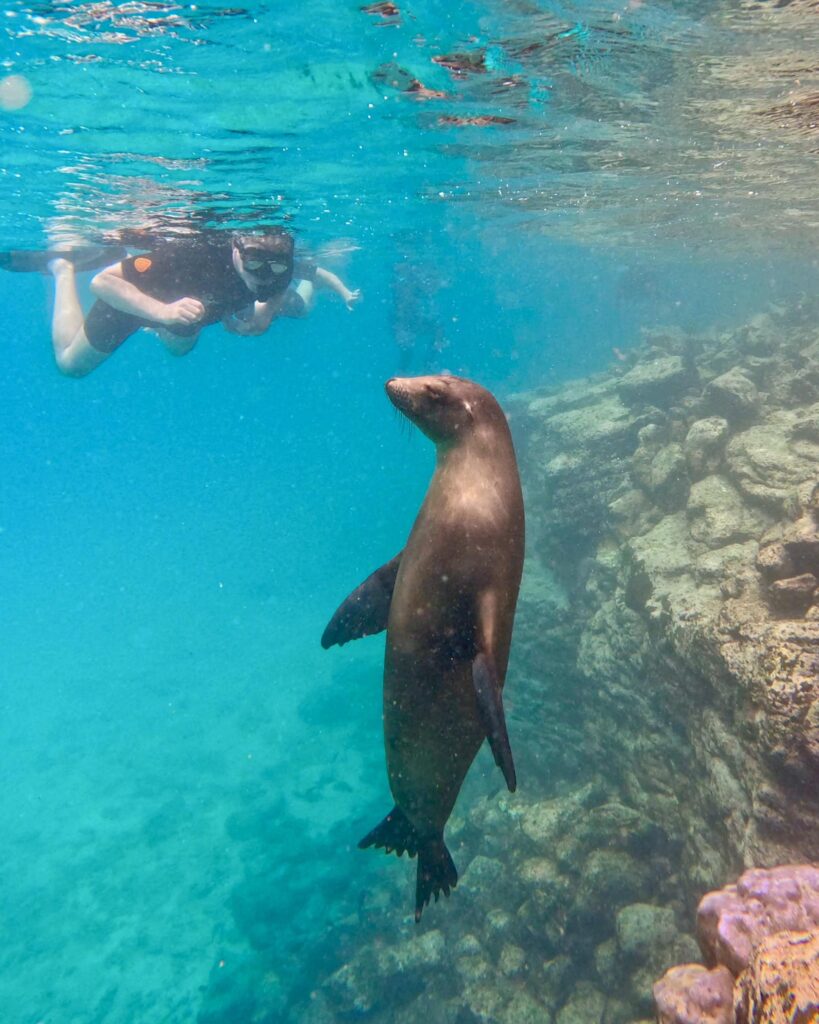
First – a quick review of what kinds of trips we’re talking about. Expedition cruises and tours take you off the beaten path, exploring the remote corners of the globe alongside a team of experts. Think wildlife encounters in the Arctic tundra, a gorilla trek in Uganda, or a cultural immersion in the Amazon rainforest. Whether you’re heading to the Australian Outback or the Galapagos – expedition itineraries are all about exploration and discovery. They have a strong focus on learning about the unique destinations you visit.
[Photo Credit: Ann via Shared Adventures – read about her Galapagos Adventure Here!]
1. Stay Flexible: Your Itinerary is a Guideline
Expedition itineraries are crafted to explore dynamic environments, and Mother Nature has a mind of her own. Unforeseen weather conditions, wildlife sightings, or even research opportunities may adjust the daily schedule. Be prepared to go with the flow. Don’t expect to stick too closely to your itinerary.
Your planned Zodiac cruise through a glacier-filled fjord might be rerouted due to unexpectedly strong winds. Or someone may spot a pod of whales in the distance encouraging the captain to navigate closer. The expert expedition leaders will always look for better-suited alternatives to maximize your trip in ways you never imagined. Instead of viewing these changes as disruptions, embrace them as unique adventures that can elevate your trip.
[Photo Credit: Long May via Unsplash]
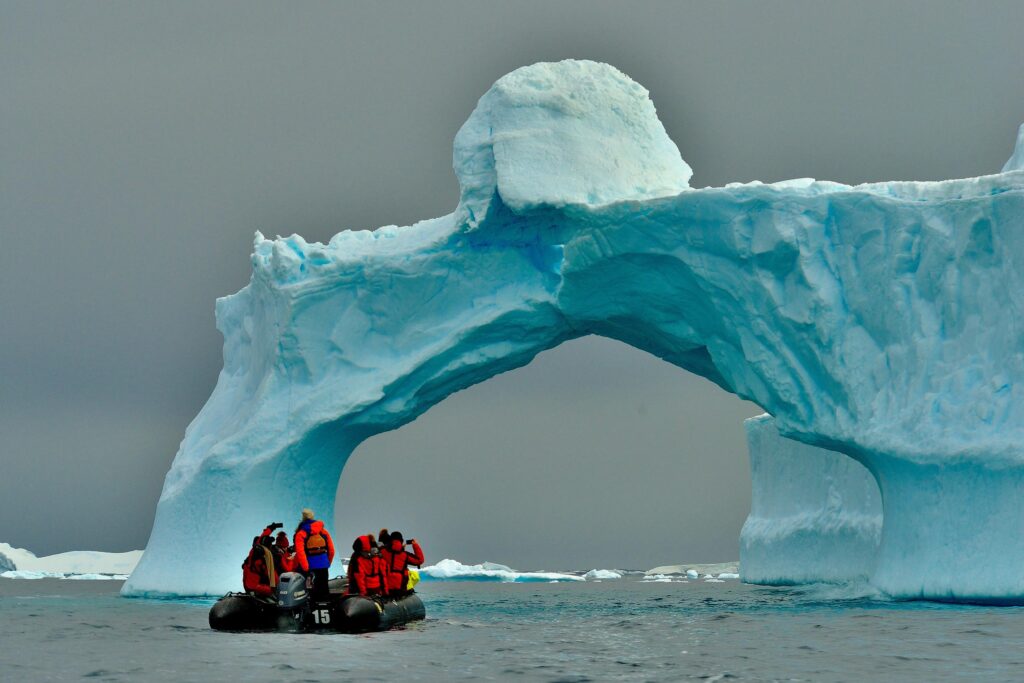
2. Attend the Lectures: Listen and Learn from the Experts
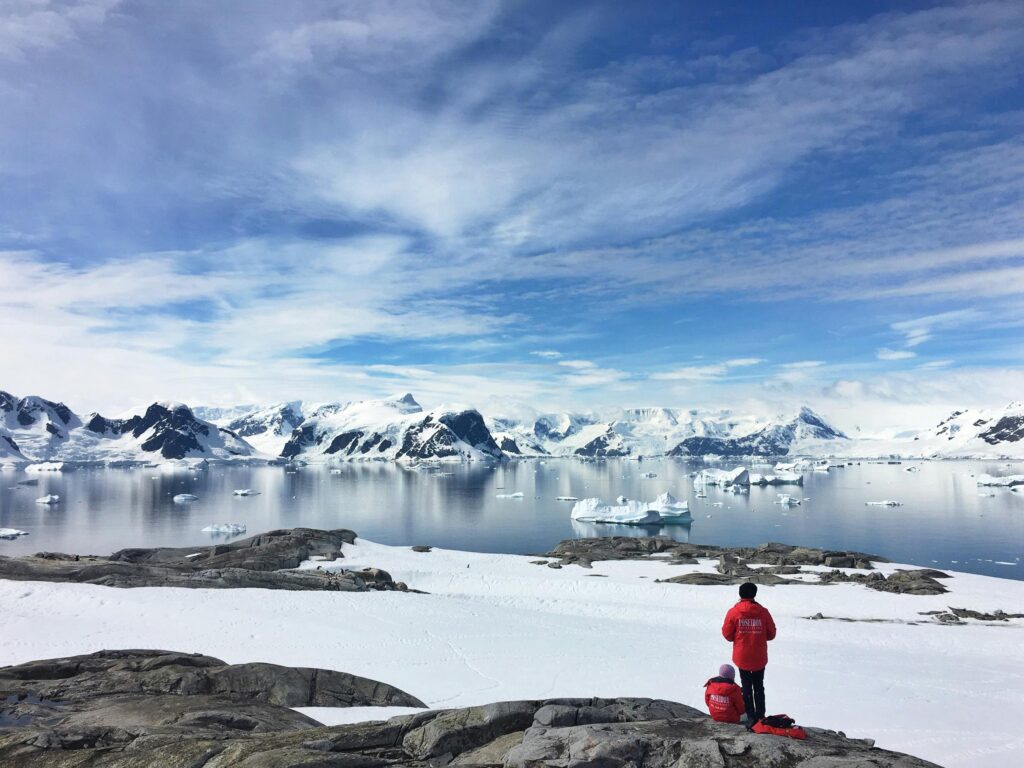
Expedition teams are comprised of seasoned experts – naturalists, historians, geologists. They will bring the destinations you visit to life. The informative lectures they offer aren’t just filler — they’re crucial for your understanding. Whether it’s the cultural significance of a remote village, the delicate balance of a polar ecosystem, or the geological forces that shaped a volcanic landscape, these insights will elevate your experience and allow you to truly appreciate the wonders that surround you.
[Photo Credit: Cassie Matias via Unsplash]
3. Remember These Aren’t Your Typical Vacations
Expedition vacations prioritize exploration over opulence. You’ll trade those sprawling buffets for regionally-inspired meals and spacious cabins for more compact, functional accommodations. You won’t need to pack your fancy dinner dress for this type of vacation and don’t expect to spend your days relaxing by the pool with a margarita.
Instead, you’ll spend your days experiencing incredible wildlife encounters and unparalleled scenery which few in the world get to experience.
Photo Credit: Ann via Shared Adventures Travel]
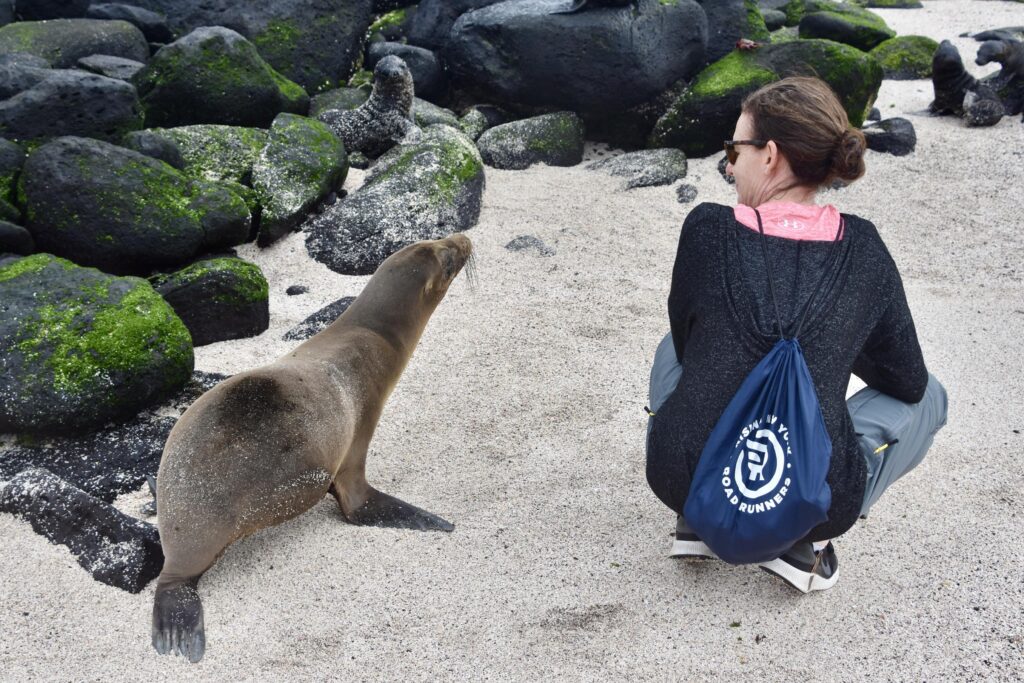

Your accommodations might range from comfortable yet basic tented camps to refurbished research vessels. You might be setting sail on a small expedition ship instead of a giant cruise liner. While the ship will have amenities, it will prioritize expedition capabilities over entertainment options, offering a more intimate and focused experience. Think of it as a trade-off: slightly less space, for memories that will fill a lifetime.
[Photo Credit: Parker Hilton via Unsplash]
4. Be Prepared to Be Active and Know Your Limits
Expedition itineraries often involve hiking, kayaking, or wildlife viewing excursions. While the pace can be adjusted to accommodate varying fitness levels, a baseline level of physical fitness is essential. So don’t put off going on these adventures until retirement! Be prepared to walk over uneven terrain, swim in open water, and climb in and out of boats or up steep mountains.
[Photo Credit: Ann via Shared Adventures Travel]
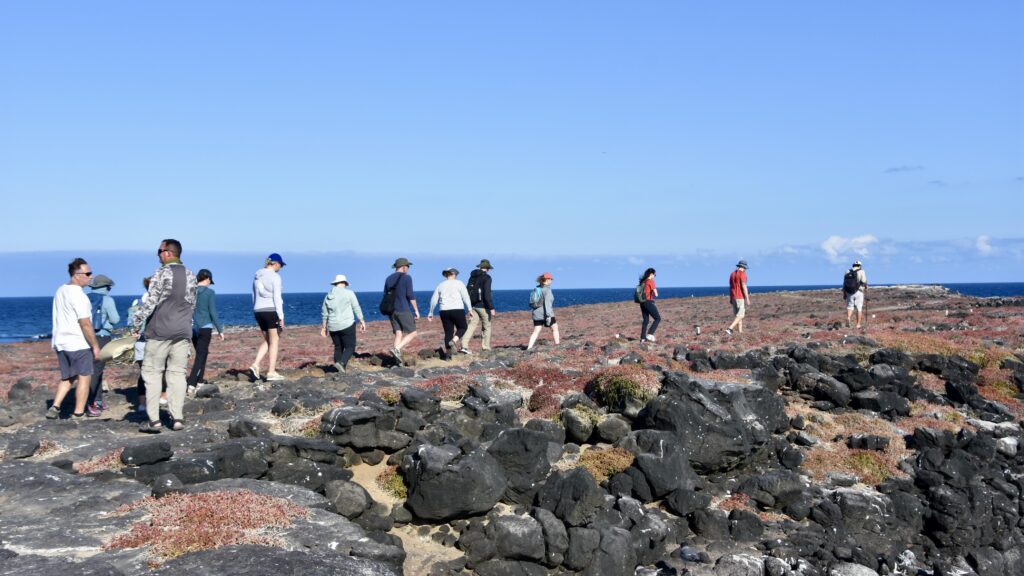
Most importantly: be honest with yourself about your capabilities. Choose adventures that suit your limitations. There’s no shame in opting for a shorter hike or sitting out a particularly strenuous kayaking excursion. You’ll enjoy your adventure most when you’re pushing your boundaries while staying safe and within your limits. Listen to your body and select the activity that aligns with your fitness level.
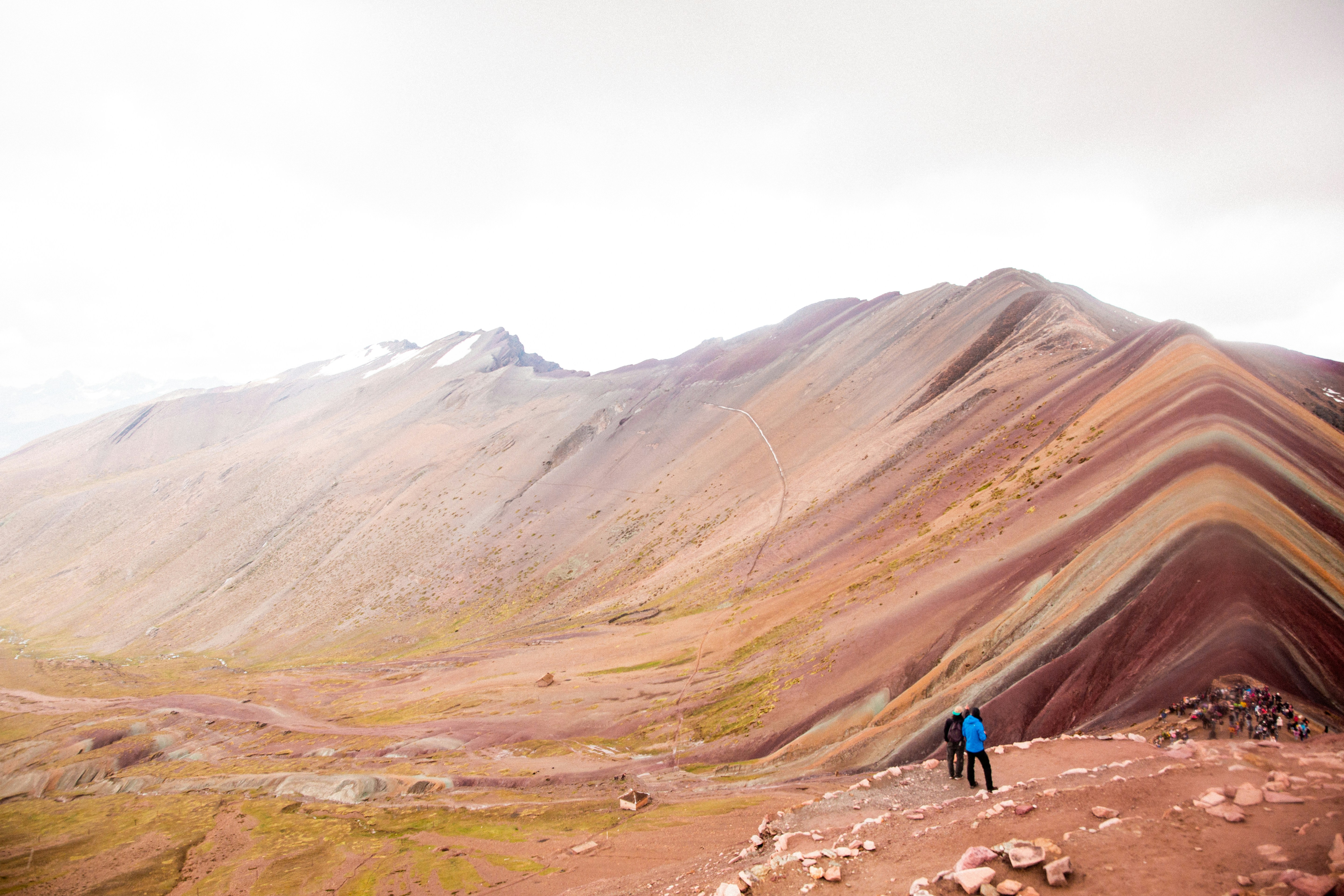
Take time to understand the physical requirements and environmental conditions you’ll face on this adventure. Do you need to prepare for altitude sickness? Extreme cold or heat? Understanding the conditions and your fitness level before you go on the trip will be key to enjoying your adventure.
[Photo Credit: Alvaro Palacios via Unsplash]
5. Pack Light, But Pack for All Weather
Expedition destinations often have unpredictable weather patterns. One day you might be basking in sunshine, the next braving icy winds. Pack layers that can be easily combined to adapt to changing conditions. Quick-drying fabrics and waterproof gear are essential. Remember: layers, layers, and more layers.
Your exploration of the Amazon rainforest might involve navigating through sudden downpours. Packing a lightweight rain jacket and quick-dry hiking pants will ensure you stay comfortable and focused on enjoying the adventure. The key to packing is versatility and clothes specifically adapted to the environment you’re exploring.
[Photo Credit: Kiyoshi via Unsplash]
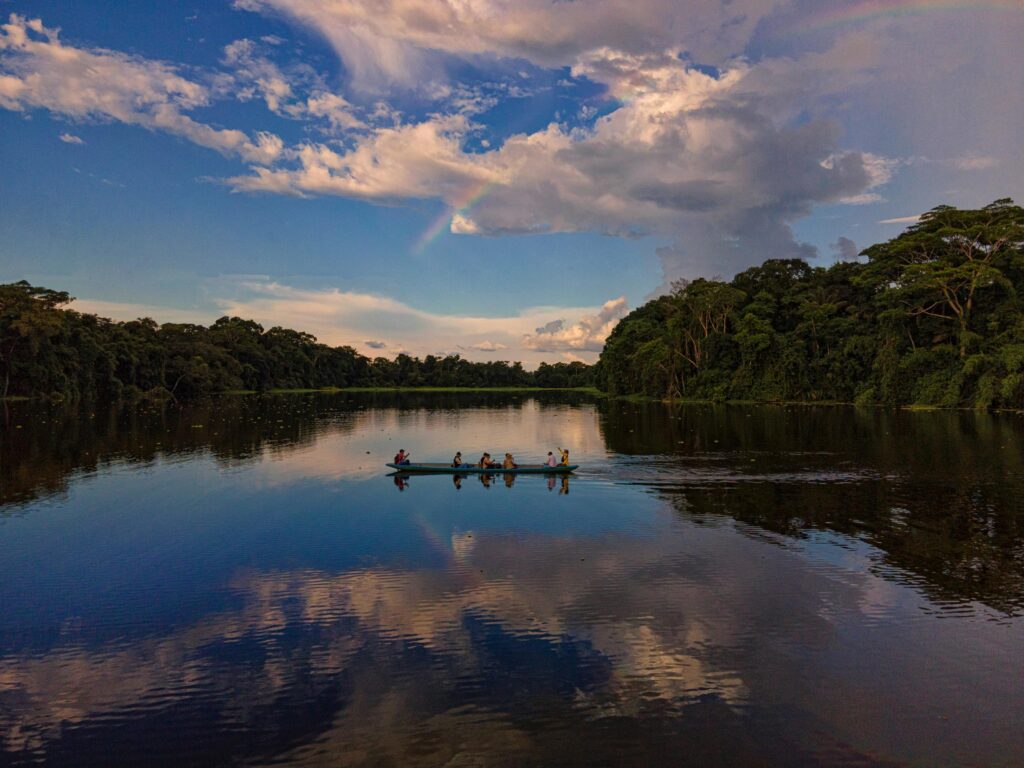
Are you inspired to embark on an expedition of your own? Let us know and we can help plan every detail. Pack your sense of adventure, and a dash of flexibility, and get ready to experience the world in a whole new way.
